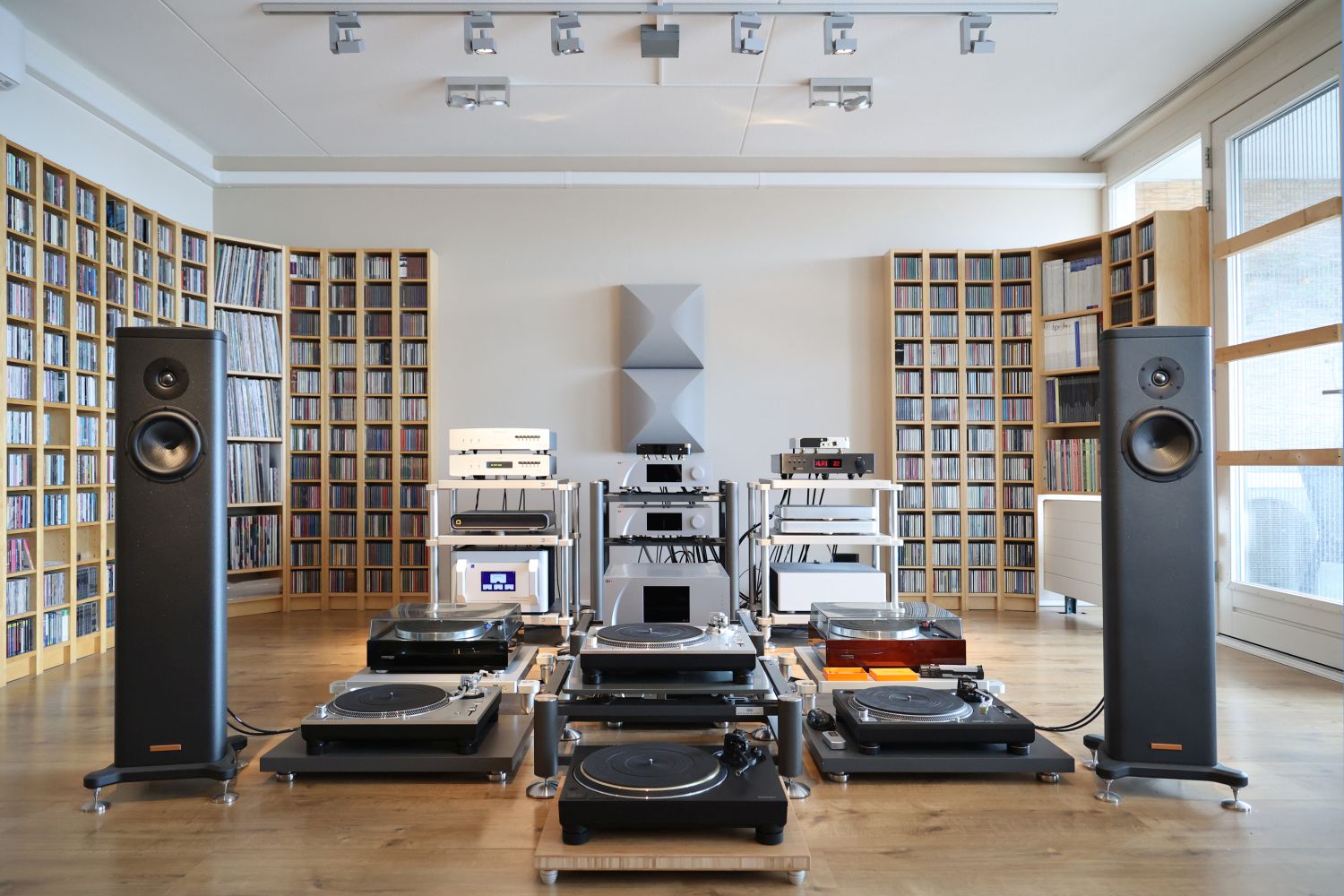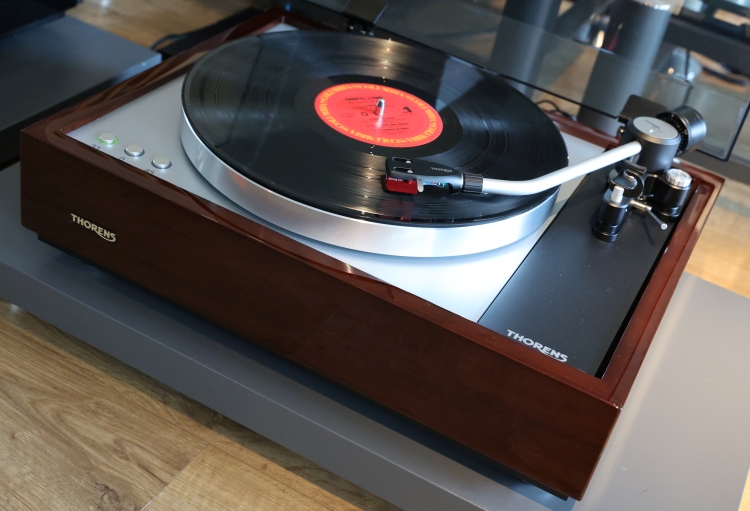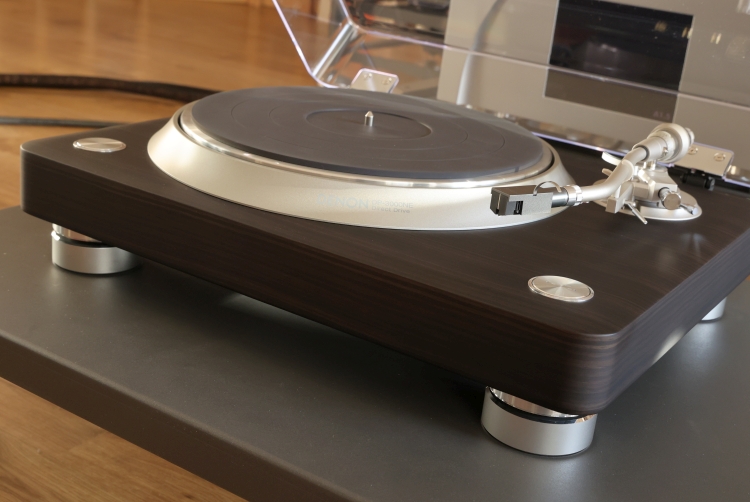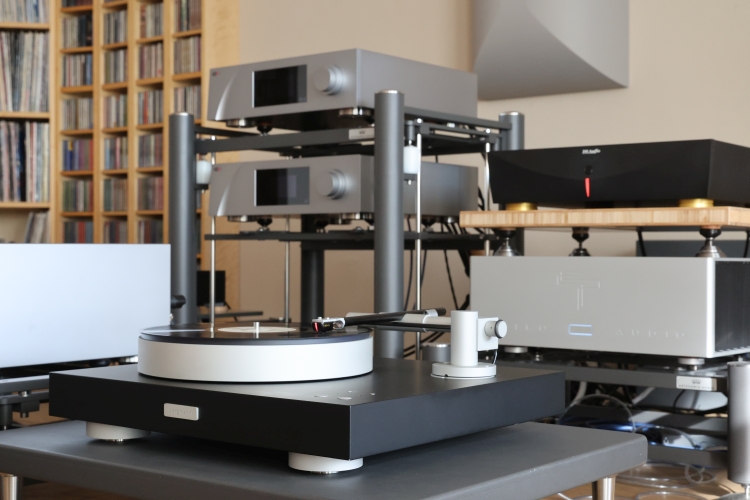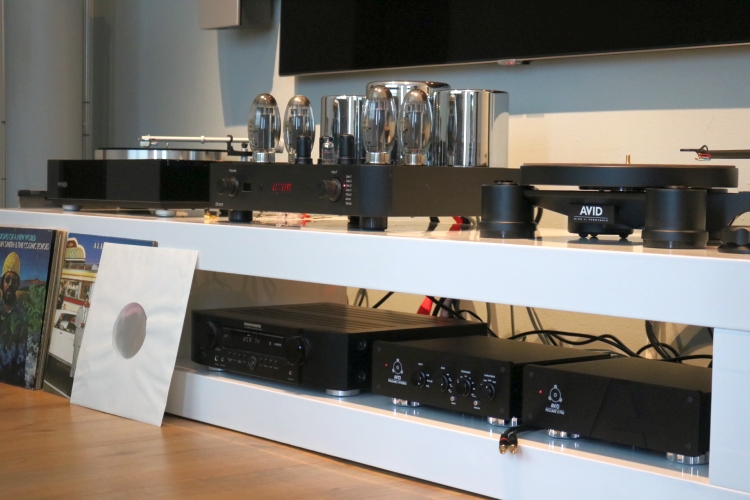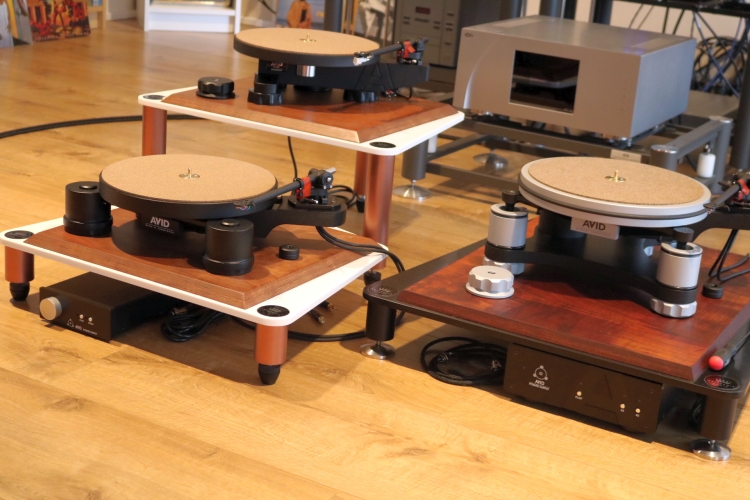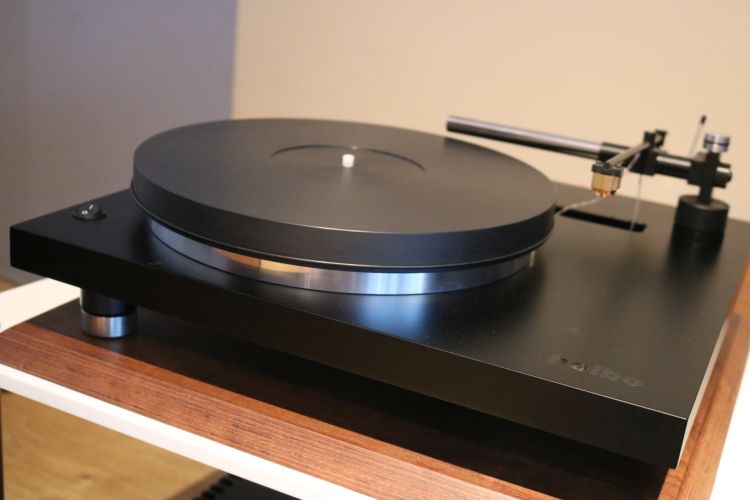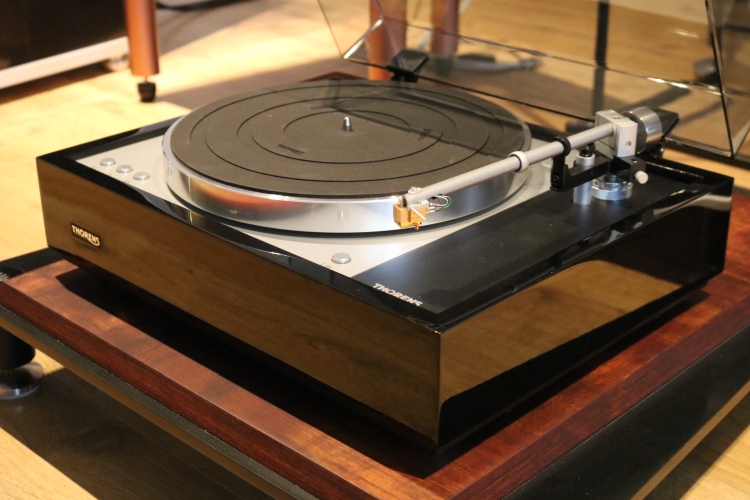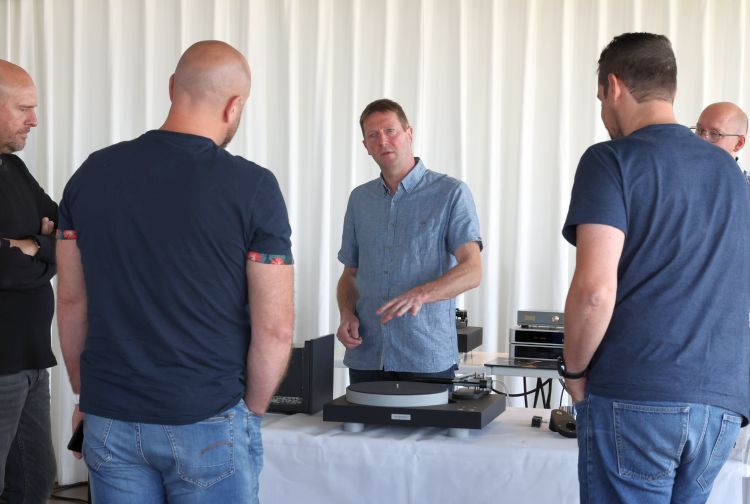
On September 12th, 2022, Dutch distributor Mafico organized an event for Johnnie Bergmann to showcase his Galder air-bearing turntable and Odin linear air-bearing tonearm.
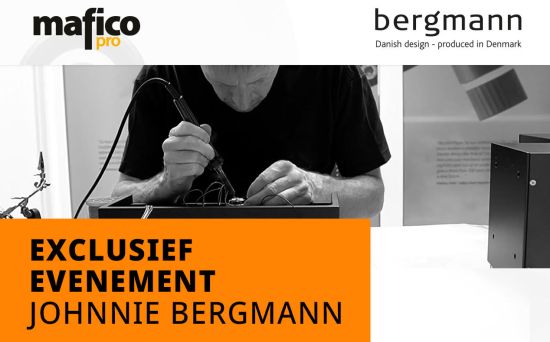
The venue for this event was as special as the occasion: the Euromast in Rotterdam, the Netherlands.
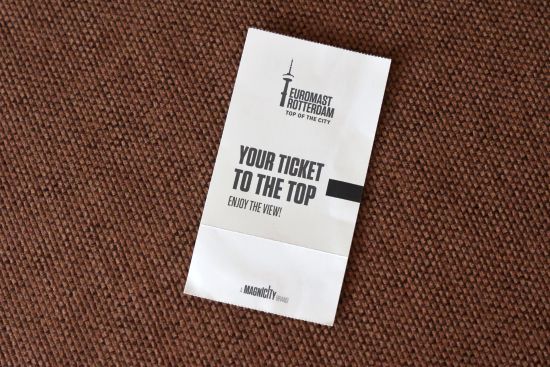

Constructed in 1960, the Euromast was built to mark the first ‘Floriade’, which was the international flower and garden exhibition. The ‘mast’ (referring to a ship’s mast) rises 185m above the ground, which makes it the tallest building in the Netherlands. Its current main purpose is to serve as an observation tower.
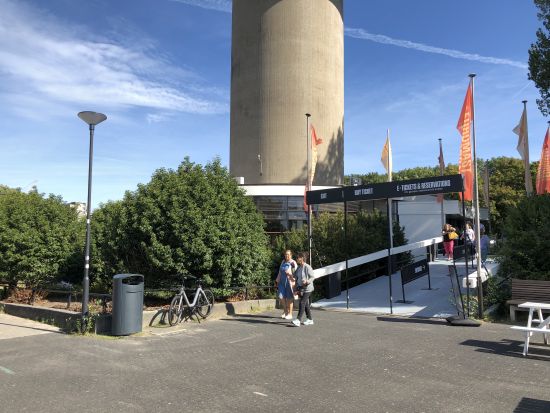
The main pillar has an inside diameter of 9 meters and houses an elevator that quietly but very quickly takes you up 100 meters in only 30 seconds.
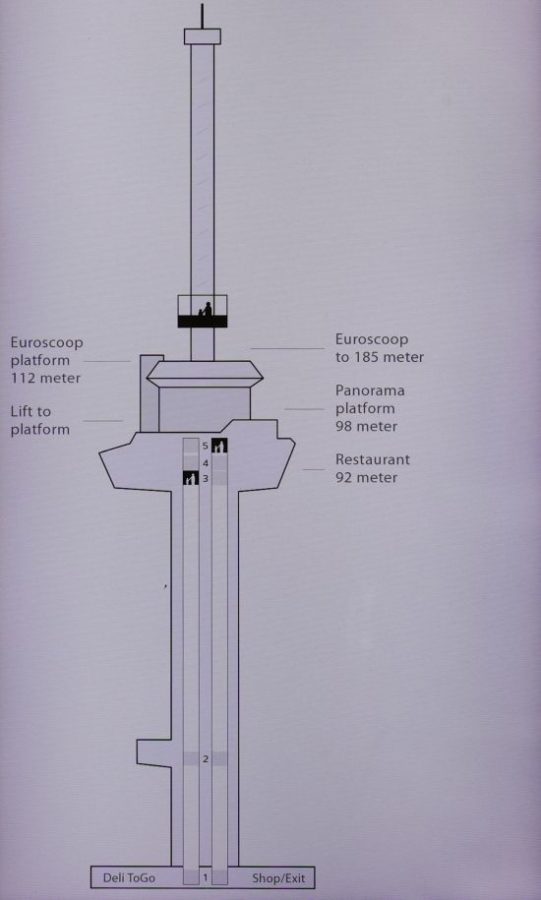
The Mafico-organized Bergmann event was on the 4th floor, as indicated by an animated display inside the elevator. Ironically, the 4th floor is no less than 92 meters above the ground. Upon exiting the elevator, I was taken aback by the view. Somehow, I couldn’t wrap my head around the difference in height that was achieved in what seemed like a flash.
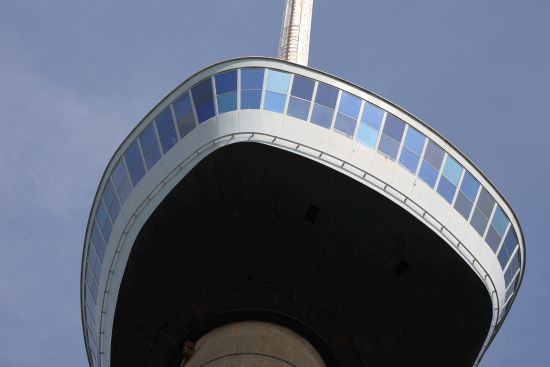
This is the main section containing the restaurant and also the venue of the Mafico Bergmann presentation.
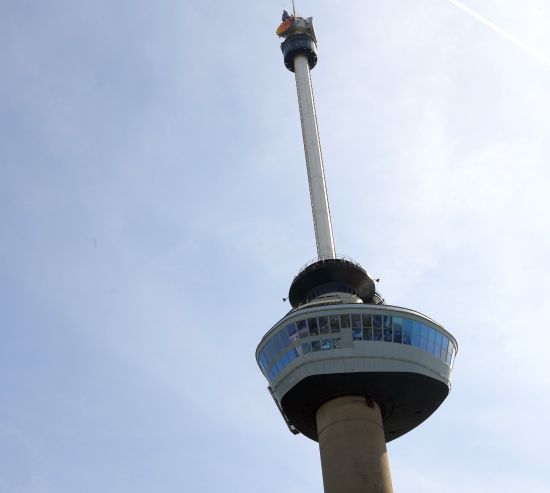
Above the 4th floor main section is a further extension called ‘Space Tower’ that was added later in 1970 which takes the total tower height to 185 meters. In 1983, the ‘Space Cabin’, now called ‘Euroscoop’ was added, a ring-shaped elevator with glass walls that circles around the tower as it carries visitors to the very top. Alas, I did not take the opportunity. After all, I was not here for the view but for an audio event. As it turned out, I would get both!
Johnnie Bergmann briefly describes his background
“In the eighties, I became familiar with the air-bearing technique. To me, it was obviously the most optimal way to build the perfect turntable. I also realized the designs of that time had some drawbacks and were problematic and unstable to operate for the end user”.
“When I finished my education as a mechanical engineer and I began developing air-bearing turntables and tonearms, one of my goals was to eliminate these old drawbacks”.
To this day, every single part of the Air-bearing Turntables and Tonearms is designed by Johnnie Bergmann and manufactured in the Bergmann workshop in Denmark.
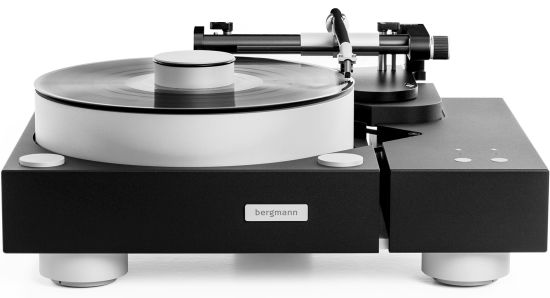
The Galder turntable as shown above is an Air-bearing design with vacuum hold down as an option. The Galder accepts up to 4 tonearms, either radial or linear tracking designs.
The plinth is made of one solid piece of CNC-machined die-cast aluminum, as well as the motor base. The plinth is securely tightened to a 10mm aluminum bottom plate, which is standing on 3 adjustable feet. The motor base is standing on the aluminum bottom plate –but decoupled – and will always be aligned with the plinth, no matter the position of the feet.
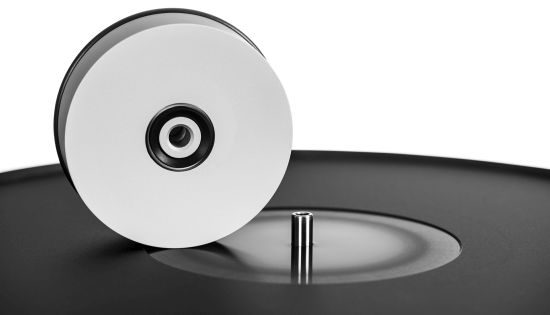
This is not just a record weight, it is also a cleverly constructed valve to retain the air pressure.
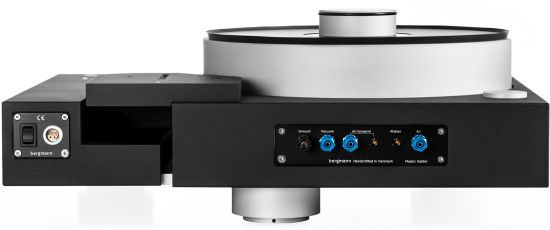
On the back side of the plinth, the back panel is mounted, with Grounding, Air input, Vacuum input, Vacuum output for an air bearing tonearm, and air adjustment valves for the platter and tonearm.
The advantage of using air bearings according to Bergmann
The platter is centered by a steel spindle, running in a frictionless, low-noise, and hard-wearing polymeric bearing material, and floats on a thin air cushion, which lowers the mechanical bearing noise to an absolute minimum- if any. A traditional bearing solution, which keeps the platter centered and also supports the platter weight, makes a higher level of mechanical bearing noise, as the contact point between the spindle top and the platter creates a very high pressure – and thereby noise.
By floating on an air cushion, the platter also gains the advantage of very good isolation from the surroundings. The motor base on the Galder is equipped with a DC tacho motor. Communication between the tacho and the high-precision motor control will keep the platter at a very accurate speed of no more than 0.0027% speed variation.
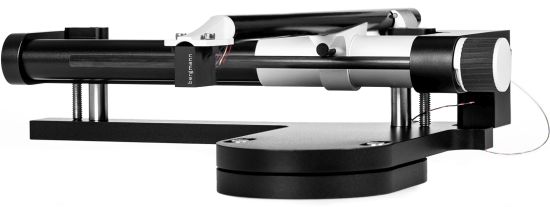
The Odin Linear tracking air-bearing tonearm (shown above) is universally applicable. It fits most high-end turntable designs, including the Bergmann 4-arm turntable model Galder. A linear tracking tonearm tracks the record as it is pressed with no tracking error. The benefit is a distortion-free and relaxed reproduction, even in complex passages. One more important advantage of the air-bearing is the tonearm’s immunity to acoustic feedback, as it has no mechanical contact (the moving part) with the turntable. The only contact is through the stylus tip and the tonearm wire.
Next: The Bergmann Presentation
